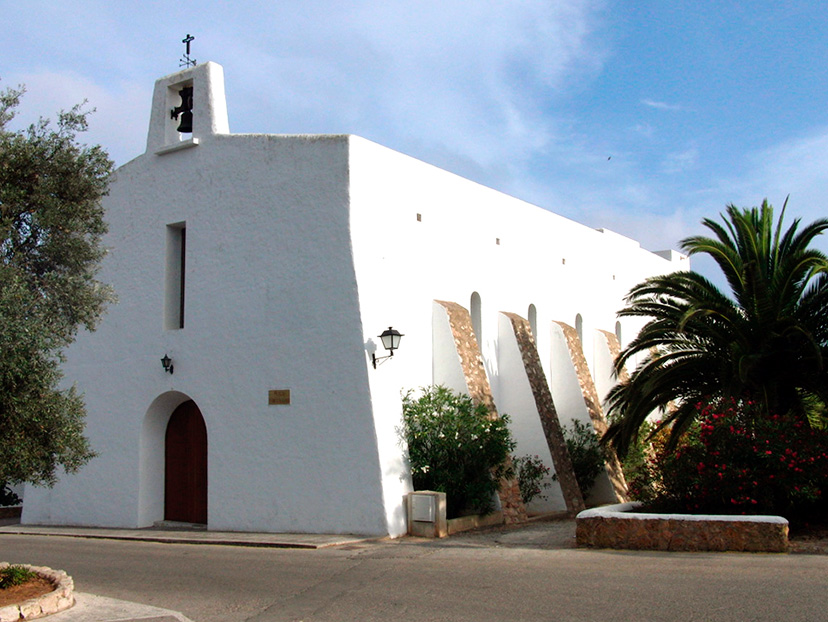Coming across sheep on a country walk, enjoying the unspoiled beaches and breathing in the fresh sea air, are just some of the things you can experience on the island of Ibiza when you discover its rural side. It is a way of life that the Ibizan people have led for centuries, with their circular subsistence culture in which the salt pans, farming and fishing were the main sources of income.
The legacy and history of Ibiza is evident in Sant Joan de Labritja, a municipality on the north side of the island which is bound to steal the heart of any nature lover forever with its green hillsides, cultivated fields and olive groves. The lovely little coves and beaches in this part of the world are hidden away behind imposing cliffs and inhabitants are few and far between, with its quiet streets and, dotted here and there, its traditional old houses with their white façades, it is a truly exclusive and precious place to be.
Both on the coast and inland, there are many places that are living testimony to the old ways. The little village of Es Cubells is an example, in the district of Sant Josep de sa Talaia, striking for the fact that it perches atop an imposing cliff affording magnificent views. The village boasts just two bars, a cultural centre, a church from where you can see the cliffs and a small playground, and it is ideal for anyone seeking peace and anonymity. Close by Es Cubelles are some of the wildest and most isolated of the island’s beaches such as Ses Boques and Cala Llentrisca.
Next stop along the way is Santa Agnés de Corona, in the municipal district of Sant Antoni de Portmany. This place is a heaven of peace and tranquillity and it has a flat area of land known as Pla de Corona, which has always been farmland, with some of the most fertile terrain on the island. It becomes a magical place in January and February when the almond orchards are in bloom, transforming the landscape and delighting residents and tourists alike.
The district of Santa Eulària des Riu harbours one of the most authentic and charming places on the island, Sant Carles de Peralta. Ringed by almond orchards, figs and carobs, the village has a bohemian atmosphere, as back in the nineteen fifties it was colonised by intellectuals who, having discovered its charms, decided it was the place to be, founding a number of hippy communes where they lived in harmony alongside the local residents.
On the outskirts of Sant Carles de Peralta, close to the leach of Cala Llenya, stands Es Trull de Ca n’Andreu, an imposing 17th century farmstead with a typical country house which is today a museum celebrating the world of rural Ibiza.
Reminders of Ibiza’s past can also be found in the Ses Salines natural park with its salt pans that have been exploited since 600 a.C., or the walled town of Dalt Vila, which is a UNESCO heritage site, within the city of Ibiza, and where every edifice and every street tell the story of the different cultures that have passed through this Mediterranean island.
There are so many parts of the island where you can still find a more rural and wilder atmosphere, and which also faithfully preserve the history and origins of Ibiza so that today we can still appreciate and remember those bygone days.

